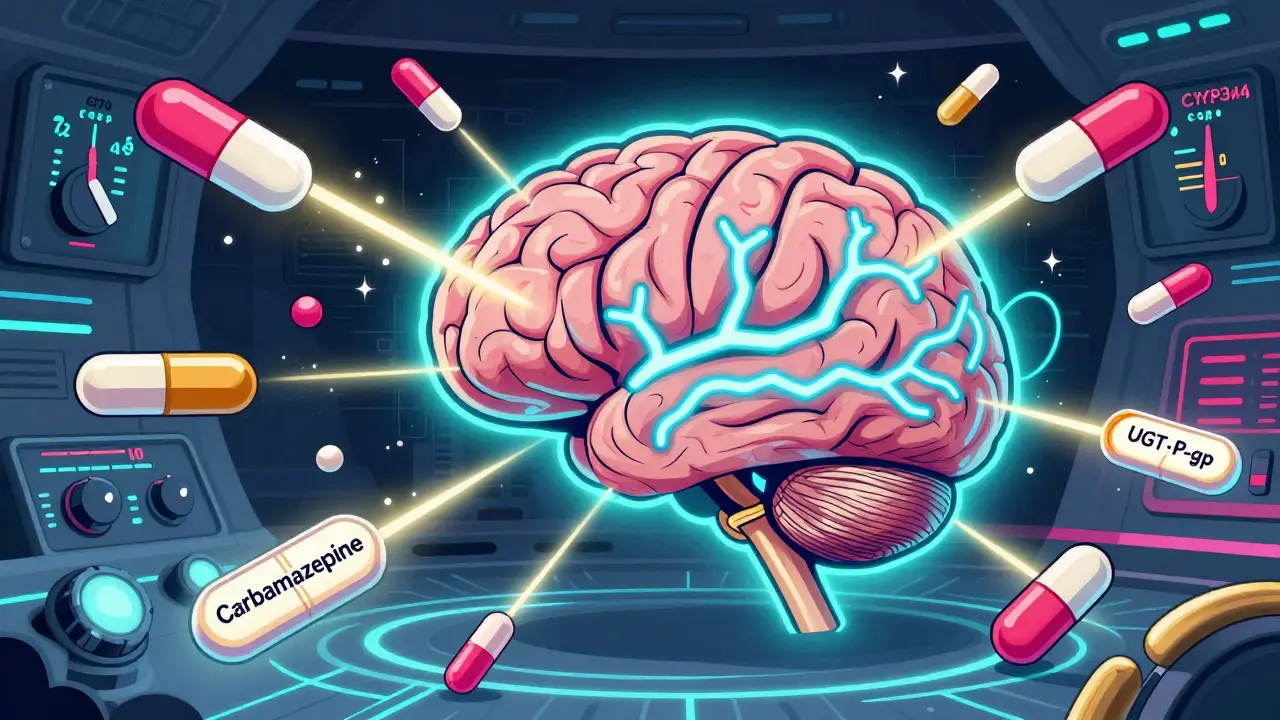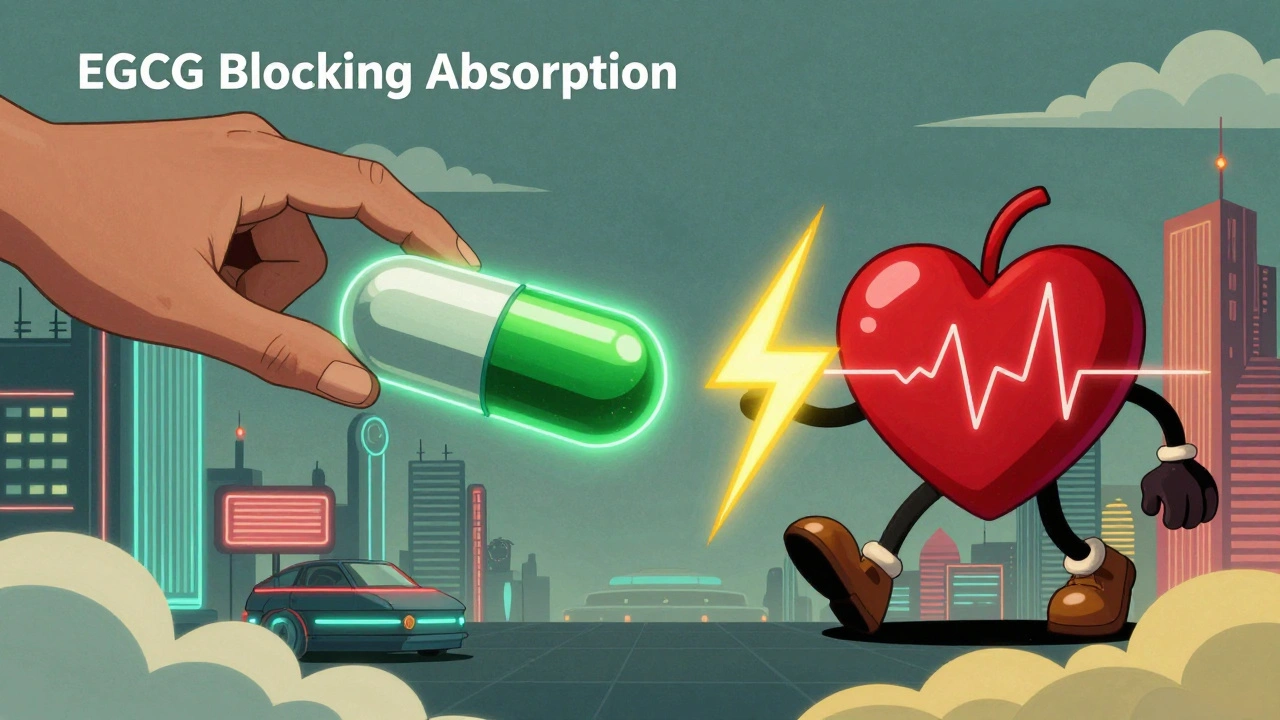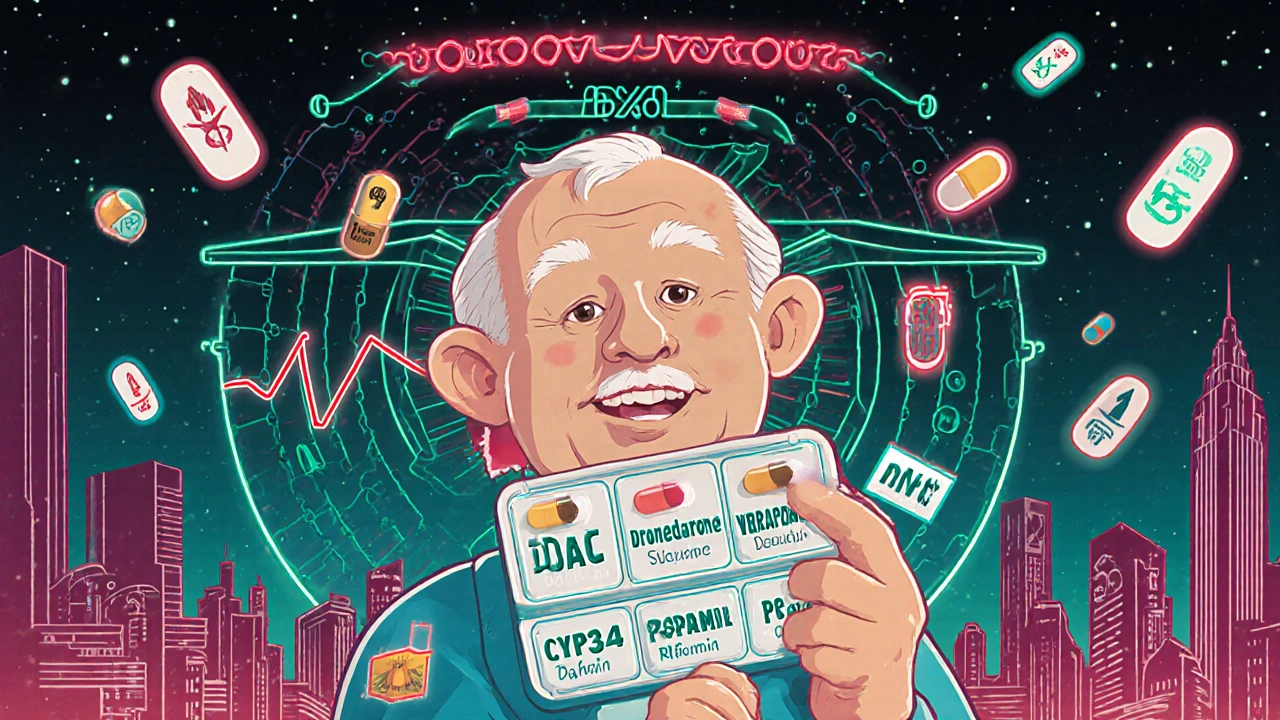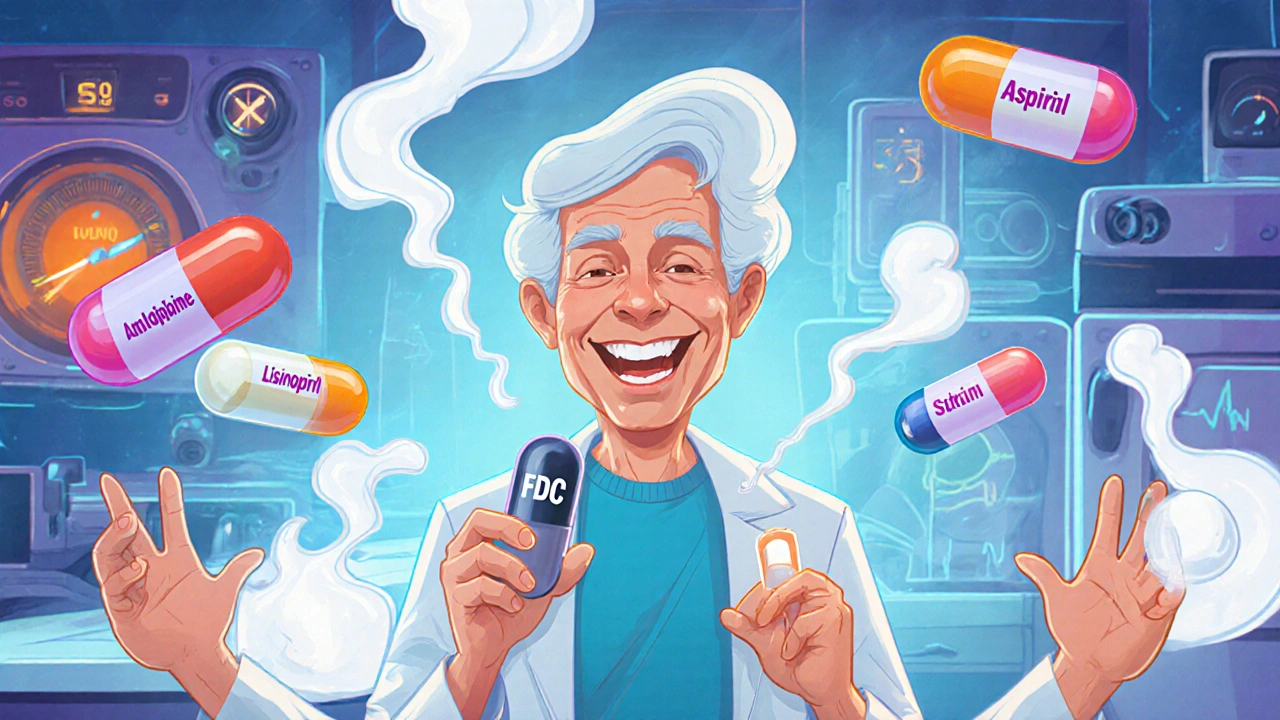Drug Interactions: Simple Tips to Keep Your Meds Safe
Ever taken two pills and wondered if they’re getting along? Most people don’t think about it until something feels off. A drug interaction happens when one medicine changes how another works. The result can be a weaker effect, stronger side‑effects, or even a dangerous health problem.
Why Drug Interactions Matter
Even common over‑the‑counter items can clash with prescription meds. For example, aspirin mixed with blood thinners like Plavix can raise bleeding risk. Another classic combo is an antihistamine such as promethazine with a sedative like Ativan – together they can make you drowsy enough to miss a turn while driving.
Older adults, people with chronic conditions, and anyone on multiple drugs are especially vulnerable. A single missed warning can lead to hospital visits, extra bills, and a lot of stress. That’s why paying attention to interactions isn’t just a pharmacist’s job – it’s part of everyday health care.
How to Check for Interactions
Start by writing down every medication you take, including vitamins, herbal supplements, and occasional painkillers. When you pick up a new prescription, ask the pharmacist: “Can this interact with anything I’m already using?” Most pharmacies have a free interaction checker on their website – just type in the names and you’ll get a list of red flags.
If you shop online, look for sites that label “interaction checker” clearly. Enter the drug name and dosage, then add any other meds. The tool will flag high‑risk combos, moderate concerns, and harmless pairings. Some apps even let you scan a pill’s barcode for instant results.
When you see a warning, don’t panic. Talk to your doctor about alternatives. Sometimes a small timing change – taking one drug in the morning and another at night – solves the problem. Other times a different brand or a dose adjustment does the trick.
Here are three quick habits that keep you safe:
- Keep a medication list updated. Review it every few months or when you add a new supplement.
- Use a reliable interaction checker. Free tools from reputable pharmacies are usually accurate.
- Ask before you combine. Even “natural” products like St. John’s wort can affect prescription drugs.
Remember, a drug interaction is often preventable. By staying curious and double‑checking, you protect yourself without needing a medical degree.
Got a specific combo you’re worried about? Check the list of articles on our site – we cover how Aggrenox works with blood thinners, why Metronidazole can clash with alcohol, and many other real‑world cases. Use that knowledge, ask questions, and keep your meds working together the right way.
Staying on top of drug interactions is a small daily step that makes a huge difference in how you feel. Keep your medication list handy, use a trusted checker, and never hesitate to ask a pharmacist or doctor for clarification. Your health deserves it.







